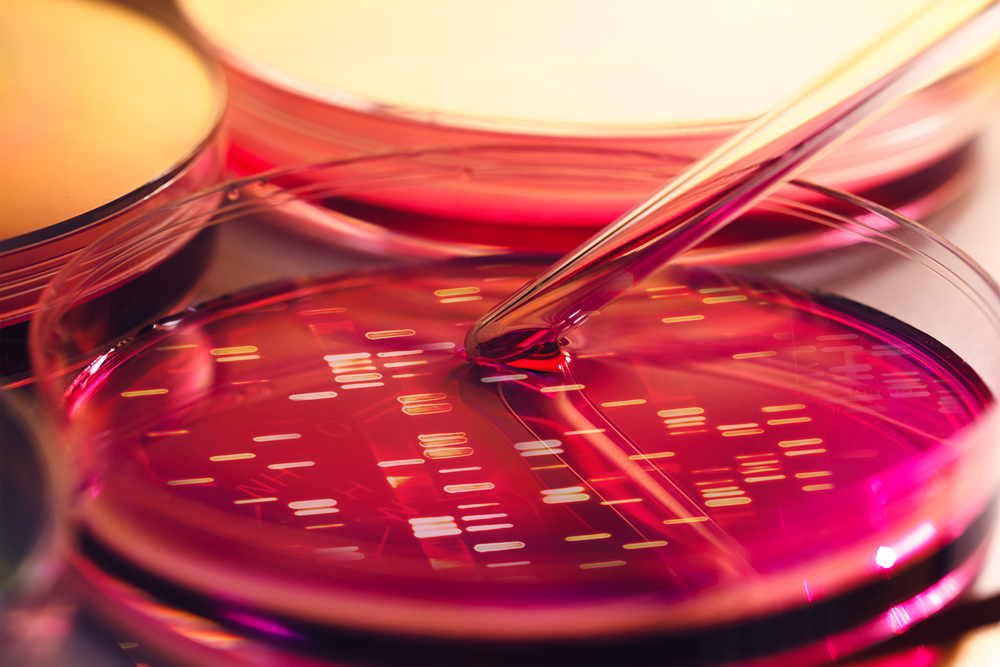Researchers identified a genetic signature due to the inflammatory response in cystic fibrosis (CF) human bronchial epithelial cells infected with Pseudomonas aeruginosa (P. aeruginosa) bacterium that may one day lead to new strategies in combatting the infections. The study, entitled “Normal and Cystic Fibrosis Human Bronchial Epithelial Cells Infected with Pseudomonas aeruginosa Exhibit Distinct Gene Activation Patterns,” was published in the PLOS ONE journal.
Cystic fibrosis is a genetic disorder that primarily affects respiratory and gastrointestinal systems. The defective genes induce an overproduction of mucus that progressively limits the ability to breath. While no cure is yet available for CF, the disease could be managed in various ways, including with daily airways clearance and inhaled medicines.
Lung airways of CF patients are characterized by dehydration, coagulation of secretions, and deficient mucociliary transport. This impairs the clearance of inhaled pathogens and facilitates development of bacterial infections. In this regard, infections with a pathogen named P. aeruginosa predominant in over 80% cases related to CF patients with lung bacteria. The prolonged inflammatory response causes tissue damage and decreases lung function, ultimately leading to death. Though the link between CF and bacterial infections was established, the relationship between inflammation and infection remains unclear in CF patients, especially in terms of genetic code profiling.
In this study, the researchers aimed to identify the genes that either increased/decreased the quantity of cellular components of genetic material (upregulated/downregulated) in CF cells infected with P. aeruginosa. To proceed, the researchers first induced an infection with P. aeruginosa in human bronchial epithelial cells from healthy donors, utilized as controls, and then analyzed the genetic code at 2, 4, and 6 hours from the infection. The researchers then compared healthy cells with CF cells infected with P. aeruginosa at each time point of infection.
The results suggested that when compared to non-infected healthy cells, infected healthy cells displayed significant changes in gene activity more notable after 6 hours from induction of the infection. This mainly consisted in increasing of the quantities of cellular components of the genetic material (up regulation). But comparison of healthy versus CF cells both infected with P. aeruginosa showed either an increase or a decrease in levels of cellular components of genetic material (upregulation/downregulation). The latter are associated with phenomena like bindings within proteins or catalytic processes in gene and gene products. Furthermore, CF cells infected with P. aeruginosa induced increased levels of gene related protein products if compared to controls.
In summary, these findings suggest that expressed genes in CF patients could be linked to infection activity with P. aeruginosa, and utilized as a signature for inflammatory response in CF patients. In the future, the researchers plan to investigate the consequences of manipulating genes that differentiate between CF and control cells. This could be achieved using markers to study the mechanisms. If successful, it may lead to new strategies for combatting infections with P. aeruginosa, improving survival and quality of life in CF patients.

